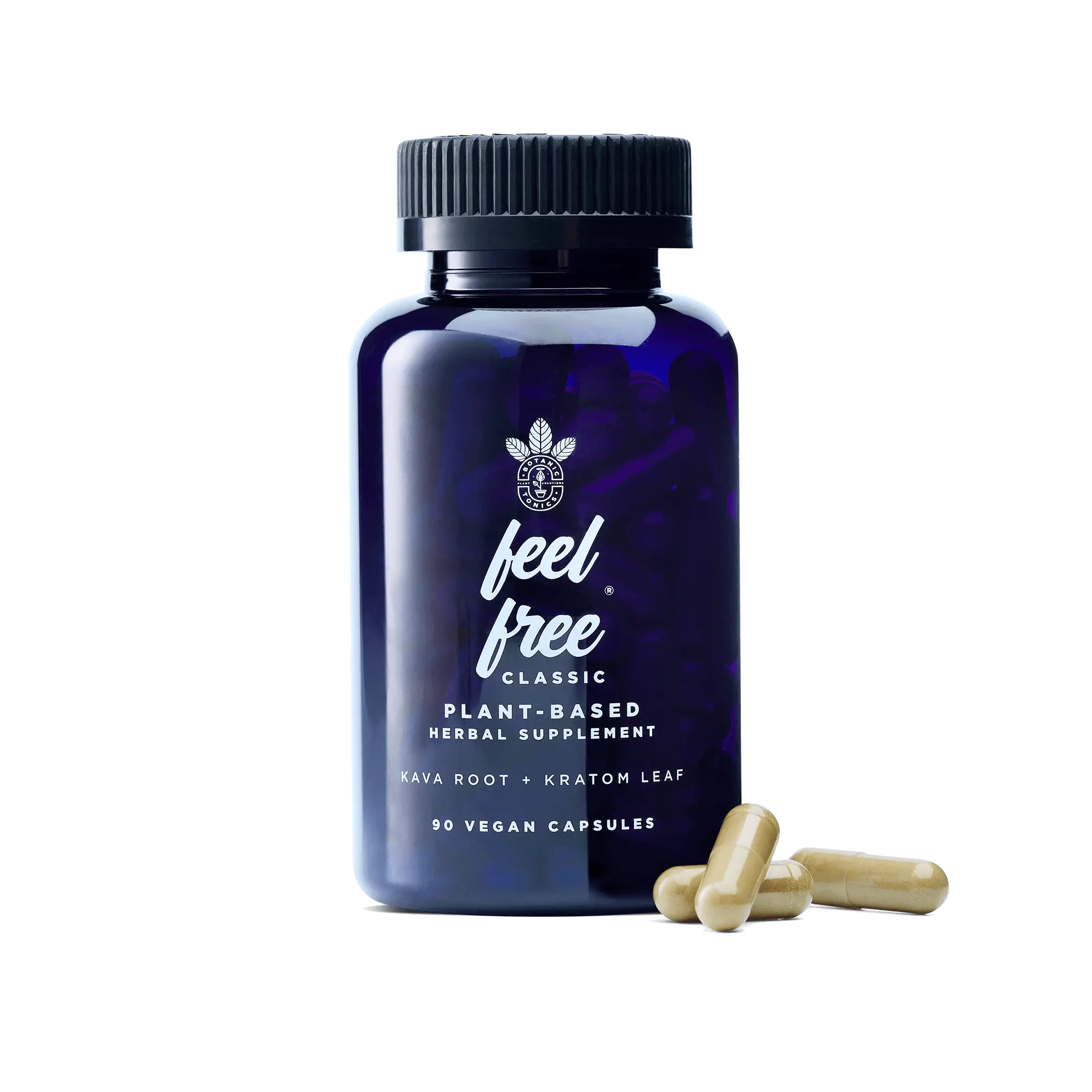Kava bars are popping up all over the US, populating the streets of metropolitan cities as beacons of relaxation and healing. If you’ve seen a few show up in your neighborhood and wondered, "What is a kava bar?" Then you’ve come to the right place.
Kava bars are like traditional bars, with one caveat: they serve kava-infused beverages and products instead. These can include kava concentrates, kava teas, kava shots, and much more—all served in a laid-back, convivial atmosphere.
If you’re curious to know more about kava bars, including the kava bar age limit, the type of people you can find at these places, the kinds of experiences kava bars can provide, and how to find a local kava bar near you, read on.
What is Kava?

Before we explore the nuanced styles of kava bars, let’s answer: what is kava?
Made from the ground root of a pepper shrub (Piper methysticum), kava - also known as kava kava - originated from the South Pacific Islands including Polynesia, Melanesia, and Vanuatu.[1]
Traditionally, kava was prepared by pulverizing the roots into a pale brown powder using coral. Once ground, the root powder was mixed with hot water and consumed as bitter tea or tonic. Having kava has been a ceremonious practice across South Pacific Island cultures, holding profound cultural significance in fostering community, connection, and relaxation.
What does kava taste like? Kava’s flavor can be described as bitter, but the taste of kava can change depending on which kava product you try.
Today, kava is prepared in a variety of forms, including:[2]
- Tonics
- Teas
- Gummies
- Capsules
Holistic Benefits of Kava

No matter what form of kava you consume, the natural supplement can enhance your wellness in several ways. Kava contains compounds called kavalactones known to help with relaxation and produce an elevated mood.[3]
The health community has studied the benefits of having kava and has even cited it as a possible solution for reducing occasional anxiety or insomnia.[4] Additionally, kava may also play a role in:[5]
- Easing social stress
- Enhancing productivity
- Strengthening social confidence
- Increasing focus
- Relaxing muscles
- Boosting energy
- Easing feelings of discomfort
What is a Kava Bar?
Known traditionally as a nakamal, kava bars first emerged in the South Pacific Islands as gathering spots to prepare and serve kava.[6] Collectively, people would enjoy the relaxant and sedative effects of the kava plant, often as part of a ceremony or ritual.
Today, kava bars exist as establishments resembling taverns or lounges. However, despite their similarity in appearance, kava bars offer something a little different than what you may encounter in a traditional bar.
Why Do People Go to Kava Bars?
If you’re curious about what a kava bar is used for, we have the answer. People often visit kava bars to socialize in a relaxed and calm environment. Typically filled with comfy chairs and bar games, kava bars encourage their occupants to settle in, loosen up, and let the stress of the day wash away.
The type of person that visits a kava bar is commonly looking to reduce occasional stress or insomnia,[8] or to hang out in a relaxed setting that contrasts the high-energy environment of typical city hangouts.
Kava’s properties act as a natural social relaxant and energizer that doesn’t cause negative effects, allowing you to wake up the next day feeling rejuvenated.
And remember, while there’s no kava bar age limit regulated by law, many will require you to be 18 or 21 years of age.
What to Expect at a Kava Bar

First-time kava consumer may be curious about what to expect when stepping foot in a kava bar. Many kava novices may actually be quite impressed by the calming aesthetics and culture-diversified menus of many kava bars. Aside from the relaxed and social atmosphere, you may find your local kava bar offers more than just a traditional “kava experience” – some have a calendar of events ranging from live music and poetry readings to art exhibitions and even yoga.
If you’re new to kava, a kava bartender or barista can explain the types of kava to help you navigate their menu and choose the right kava tonic.
Have Your Own Kava Bar at Home with feel free

Kava’s unique properties can make it an excellent tool to elevate your mood, enhance focus, and reduce occasional stress. At Botanic Tonics, we offer a feel free CLASSIC Tonic that can provide a clean boost of energy without the jitters from caffeine.
And, with these convenient at-home options, you can enjoy them from the comfort of your couch. If it’s your first time trying kava and you’re not quite ready for your first visit to the kava bar, ship our premium kava products directly to your door and unwind at home.
Sources:
-
University of Oxford. Piper methysticum G.Forst. (Piperaceae). https://herbaria.plants.ox.ac.uk/bol/plants400/Profiles/op/piperm
-
Journal of Ethnopharmacology. Kava: an overview. https://www.sciencedirect.com/science/article/abs/pii/037887419290003A
-
Herbal Biomolecules in Healthcare Applications. Kavalactones. https://www.sciencedirect.com/topics/pharmacology-toxicology-and-pharmaceutical-science/kavalactones
-
British Journal of Addiction. Kava and Prohibition in Tanna, Vanuatu. https://onlinelibrary.wiley.com/doi/abs/10.1111/j.1360-0443.1981.tb00236.x
- Alcohol and Drug Foundation. What is Kava? https://adf.org.au/drug-facts/kava/
















